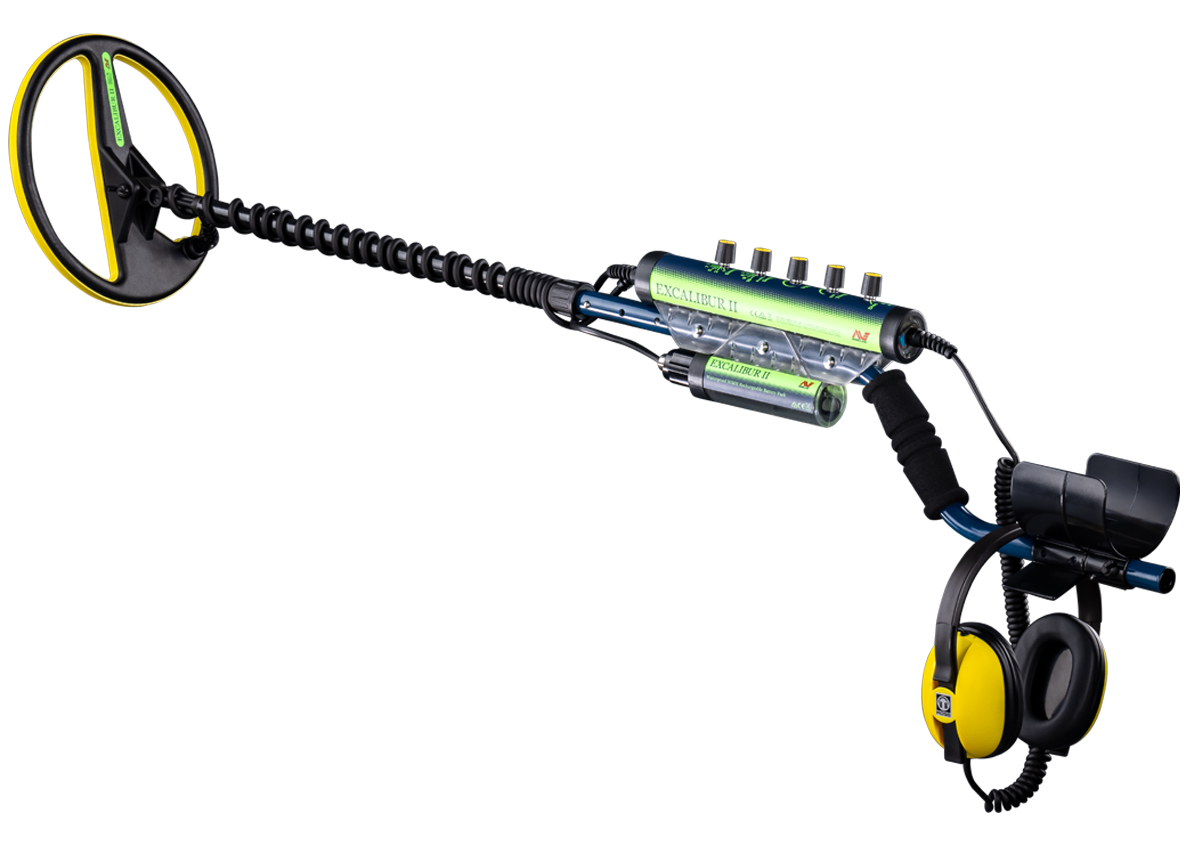This story begins in 2011 when I started metal detecting the beach in Lewes, Delaware.
Lewes Beach is the site of an Army Corps of Engineers beach replenishment project that took place in the fall of 2004. During the project, the dredge went directly through a shipwreck off the inlet and deposited artifacts of all types on the beach. Pottery, window glass, jettons (which are small German counting coins), and various brass items were among the mix of treasure. The beach was immediately closed for a couple of months.
I was detecting this beach on August 28, 2012, and along with some pottery and jettons, I found a very small ornate brass artifact with all sorts of designs in it and 2 small pins. Since I had no idea what this piece could be, I took it to the Zinwaldi Museum in Lewes, which has an ongoing shipwreck exhibit, to see if they could shed light on what I had found. The curator said they had nothing like this in the museum collection and suggested I contact the state archeologist in charge of the project in Lewes Beach.
During the following month, I contacted Faye Stocum, an archeologist with the State of Delaware, who is in charge of the recovered Lewes Beach artifacts and made an appointment to meet with her at the lab in Cape Henlopen State Park on September 24. I returned to Delaware the weekend of September 22, several days before my meeting. I spent about 4 hours detecting on Sunday September 23, without finding a single thing. While slowly working my way back to my truck I got a finally got a hit! Upon retrieving the target I could not believe what it was, a very thin, small and almost broken brass ring with two small holes. It looked like it would fit into the ornate artifact that I had found last month. I remember saying things like “I don’t believe this” and “It can’t be”.
Upon returning to the hotel, I rushed inside to my past finds in the display box and could not believe my eyes. The two pieces fit together perfectly. What makes this story even more amazing is that Lewes Beach is about ½ mile long. Everyone that detects there goes over the same 500 foot section over and over. I personally know of at least 6 people that regularly travel from other states to detect there. It’s also a very popular local spot.
That day I took the artifact to the Discover Sea Museum located on Fenwick Island and showed the curator Dale, a well-known treasure hunter. He said that he had also never seen anything like this and not only was the artifact amazing, but the story about the recovery was amazing as well.
The following day, during my meeting with Faye the archeologist, she said that after examining thousands of artifacts since 2004, she has never examined an artifact like this. She also had no idea what it was. When I told her how both parts were recovered a month apart, she told me that in all her years as an archeologist, she never heard of such an amazing story. She then suggested I loan her the artifacts as well as one of the jettons I recovered to research them further, as they are still trying to find items to add to the provenance of the shipwreck. At this time the most likely candidate is the wreck of the Severn which went down in an unusual snowstorm on May 4, 1774.
It is unbelievable that a small brass ring that weighs less than 3 grams and is 300 years old can make a weekend detecting trip hundreds of miles away worth it. I think it did and now so does the State of Delaware.
Freddie - New York, USA Richmond Research and Recovery





















